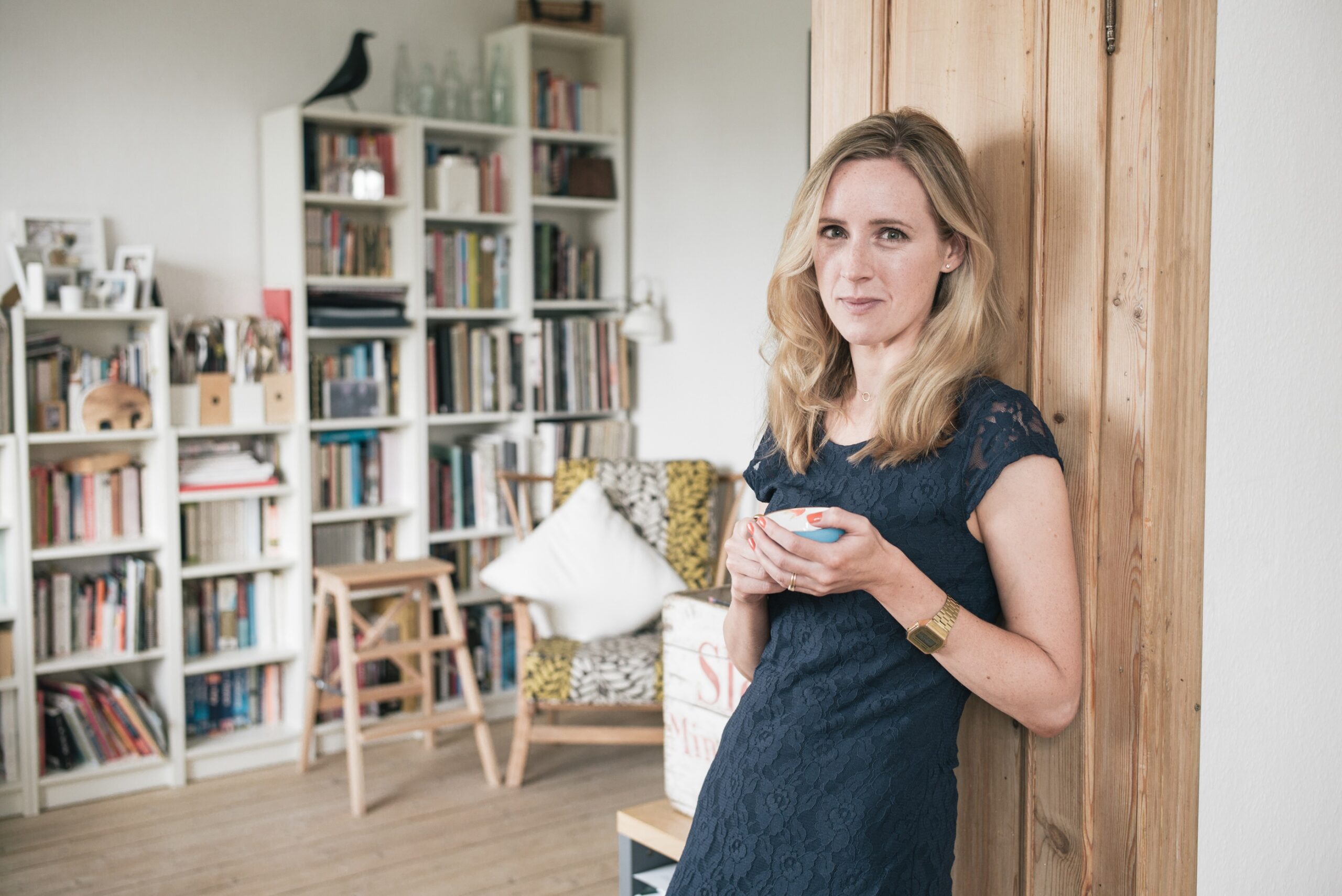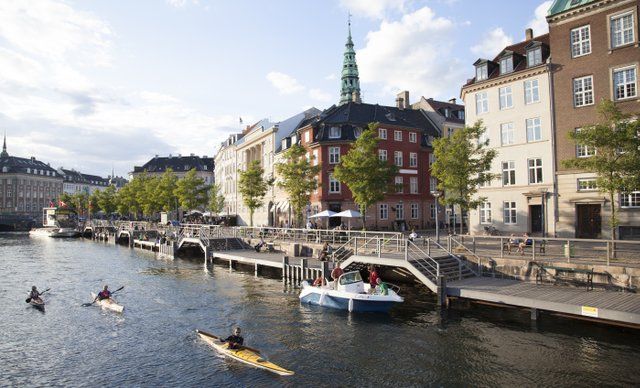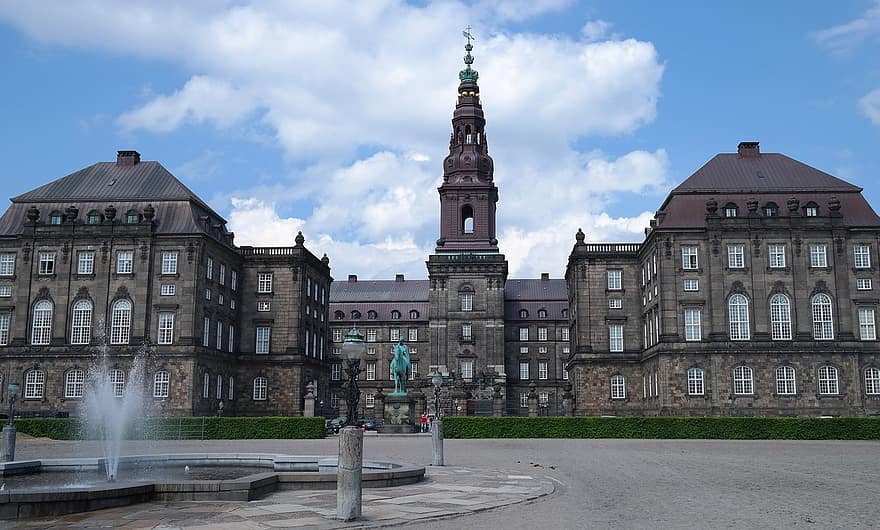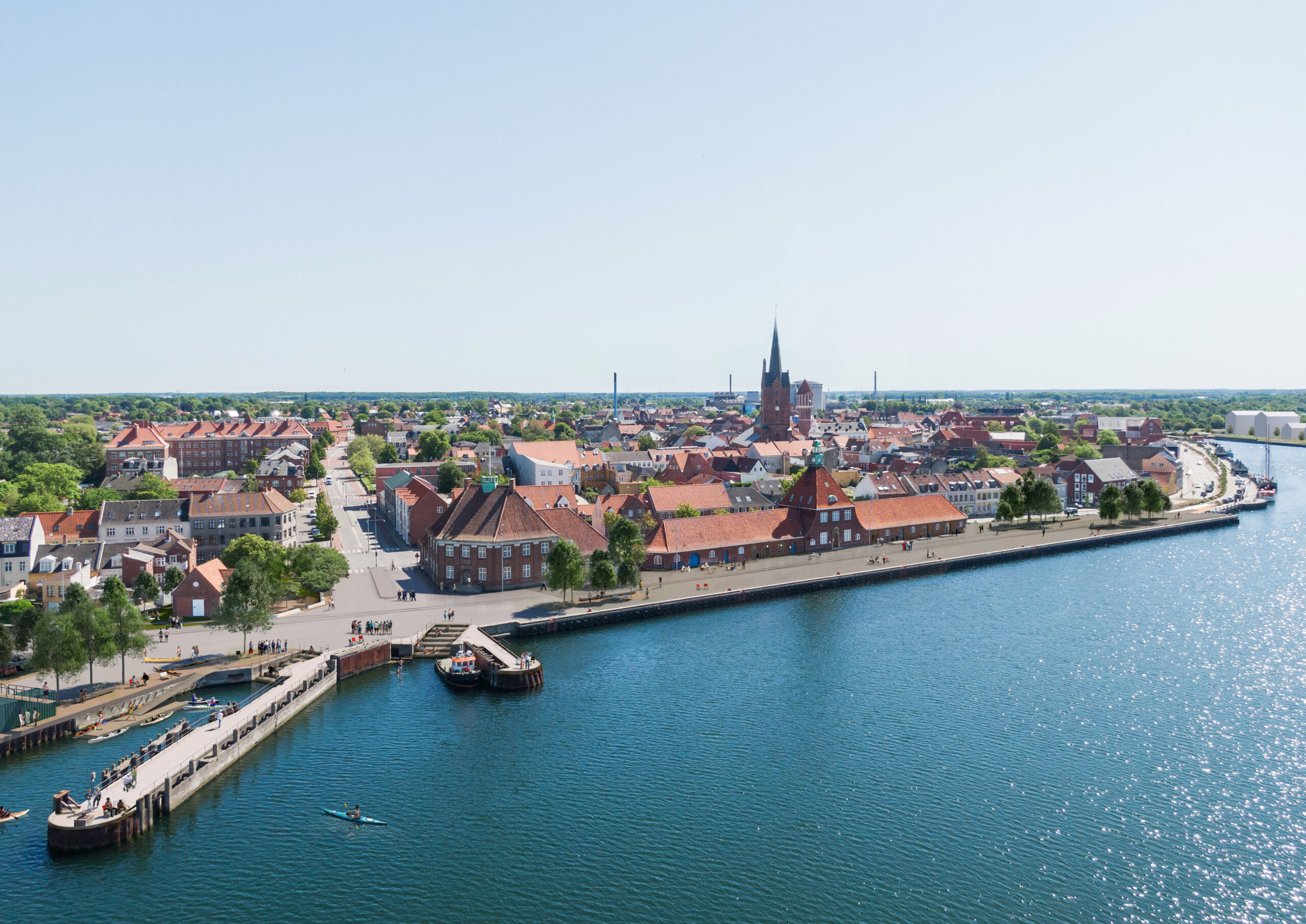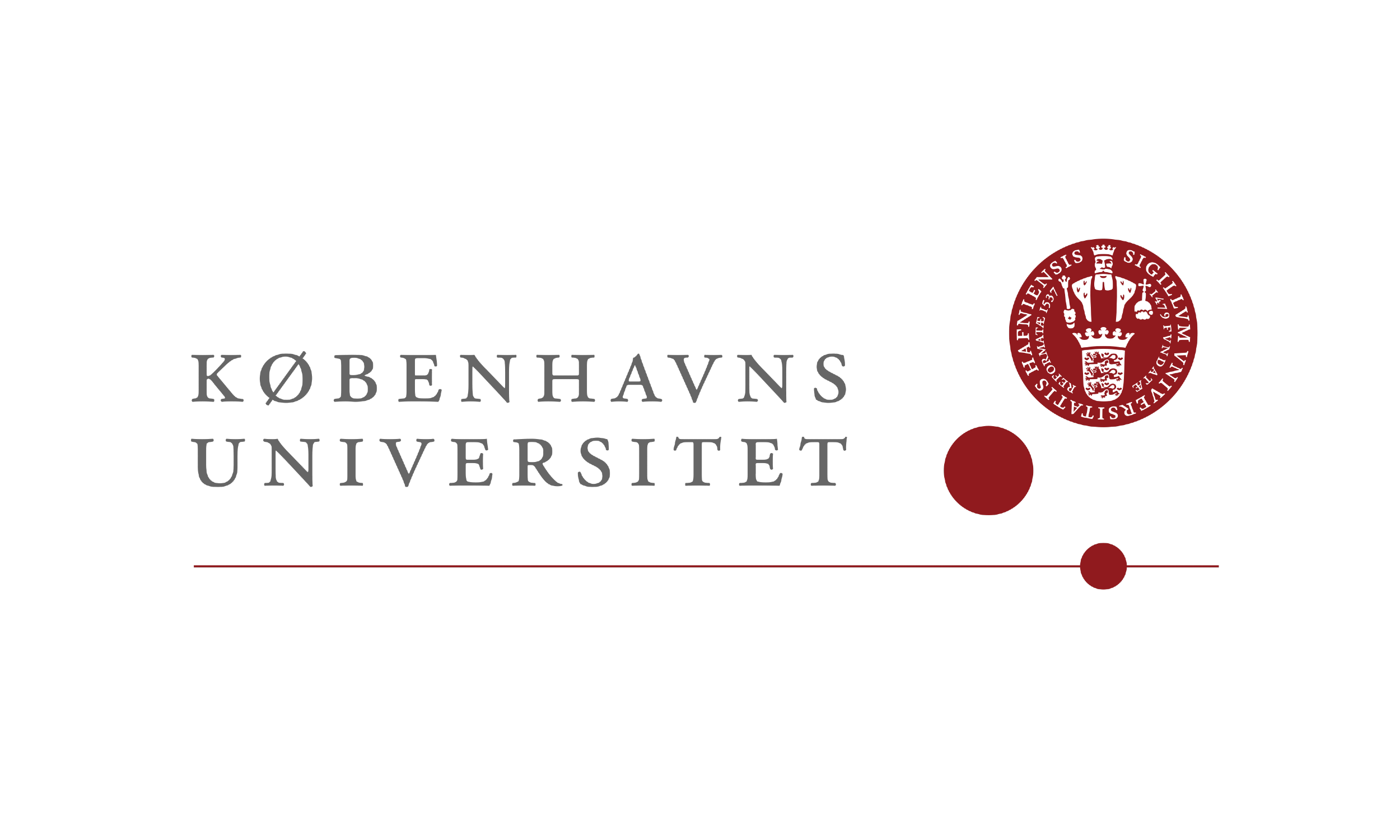Copenhagen is growing at a rate of 1,000 new residents each month and all of those people need a place to live.
In order to promote the construction of penthouse flats in the attics of buildings in the older parts of the city, the City Council has changed building codes to allow the conversion of previously sloped roofs into vertical walls, according to Poul Nielsen, who heads up the council's construction department. This turns small attics into larger living spaces. An analysis from the Technical University of Denmark showed that attic penthouses could provide homes for 22,000 people.
The council and other local groups pointed out that the historical reasons that rooms were not originally included in the older buildings – such as leaking due to poor roofing materials and a long trip to the privy in the garden – no longer apply.
Although it is still a long walk to the top floor, attic penthouses would be light and airy, and homeowners who decide to make the renovations could use the construction and sale of the new spaces to pay for a comprehensive energy retrofit of the entire building.
Architect Leif Rönby was behind the construction of four penthouses in Copenhagen. He said that not everyone in the city has embraced the top floor idea.
"We find that higher up in the system, including the mayor's office, there is a willingness to try new methods that hasn't made its way down to the organisation below," he told Berlingske newspaper. "Specifically, when a project is submitted, one is often still told that the roof must be inclined."
Nielsen denied that there is any resistance to attic flats in the City Council.
"We have given permission to build thousands of homes in attics," he told Berlingske. "We encourage it."
Rönby said that Copenhagen is in fact no more difficult to deal with than nearby councils. He said that in Frederiksberg, for example, the council often requires an elevator be added to the building before an attic flat can be built, effectively rendering the project too expensive for most homeowners.

